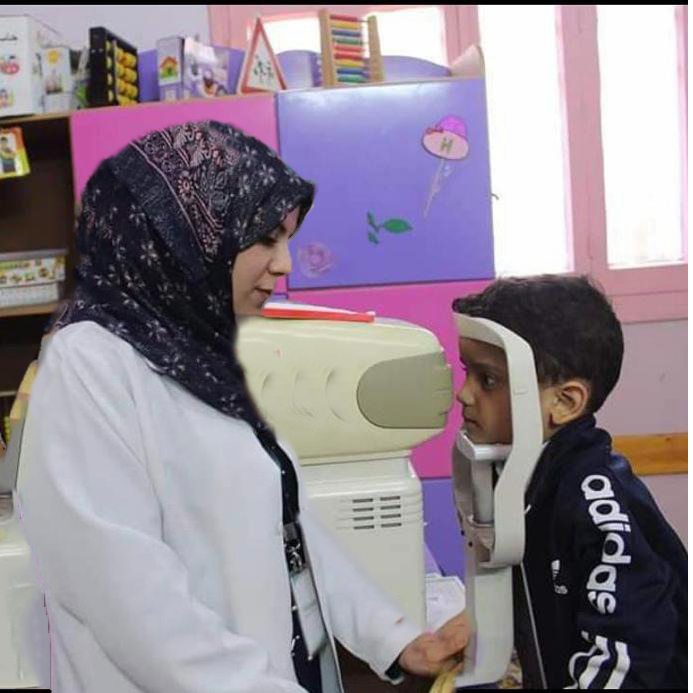Latrun Abbey is the nearest neighbor to Wahat al-Salam – Neve Shalom. Established in 1890 by French Trappist monks, the abbey is renowned for its peaceful atmosphere, wine production, and strict adherence to the Trappist vow of silence. However, one of the lesser-known yet significant aspects of its history is the role the monks played in saving villagers from the nearby village of Imwas during the 1967 war.
Latrun was situated on the border, in no-man’s land between Jordan and Israel, near the road from Tel Aviv to Jerusalem. Imwas, also known as Emmaus, was a Palestinian village located near Latrun Abbey, historically associated with the biblical town where it is believed Jesus appeared to two of his disciples after his resurrection. During the 1967 war, Imwas, along with the nearby villages of Yalo and Beit Nuba, was destroyed by the Israeli military as part of the broader strategy in the Latrun area. The residents of Imwas were forced to flee, many of them seeking refuge wherever they could find it.
As the destruction of Imwas unfolded, the monks of Latrun Abbey found themselves in a moral and humanitarian dilemma. Despite their monastic commitment to silence and contemplation, the monks were faced with the suffering of their neighbors, the villagers of Imwas, who had been left homeless and destitute by the war. In a courageous and compassionate act, the monks decided to intervene, offering refuge and assistance to the displaced villagers. The monks of Latrun opened their doors and hid them in the abbey’s cellars. A large number stayed in the abbey’s cellars for a whole week, while the monks fed them, took care of all their needs and refused to turn them over to the army.
This act of mercy was a significant risk for the monks, as the political and military situation was highly volatile, and their actions could have brought them into direct conflict with the Israeli authorities. Nevertheless, their commitment to their faith and to the principle of aiding those in need guided their decision.
After the week, the army did remove the village members to Ramallah.
Father John, some of his fellow monks and others searched the ruins of the village following its destruction by the Israeli army and found the bodies of 14 Palestinians. Together, they tried, unsuccessfully, to bring the bodies to a dignified burial in the village cemetery. The monks also collected various items, clothing, furniture and belongings and made sure to transfer them to the refugee families.
The actions of the Latrun Abbey monks during this time have been remembered as a beacon of humanity in the midst of war. Their willingness to protect and assist the displaced villagers of Imwas reflects the abbey’s long-standing commitment to peace and reconciliation, principles that are deeply rooted in the monastic tradition.
Over the years, Latrun Abbey has continued to be a place of reflection and peace, its history enriched by the stories of those who have sought and found refuge within its walls. The memory of the monks’ actions during the Six-Day War serves as a reminder of the potential for compassion and moral courage, even in the most challenging of circumstances.
Why Latrun Abbey was chosen to be honored in the Garden of Rescuers: The story of Latrun Abbey and the saving of Imwas villagers in 1967 is a poignant example of how places of faith can become sanctuaries in times of war. In particular, Father John RIP, deserves special commendation for his humane actions, compassion, assistance, the material and mental support he gave to those who had lost their homes and entire world.
The monks of Latrun Abbey, guided by their commitment to Christian principles and the monastic life, made a courageous choice to stand with the vulnerable, offering protection and solace when it was needed most. Their legacy continues to inspire those who visit the abbey, reminding us of the enduring power of compassion and the importance of standing up for humanity in times of conflict and war.











